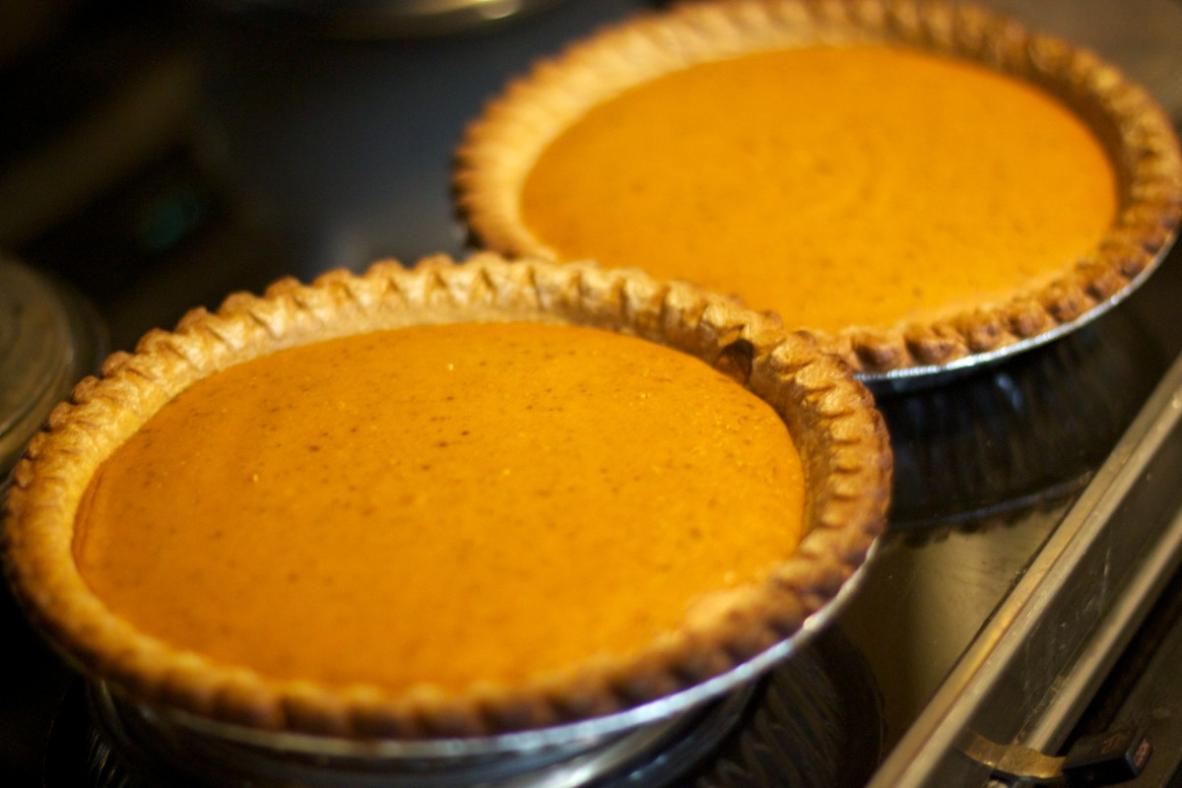How Can I Create a Perfectly Balanced Cake Batter?
Achieving a perfectly balanced cake batter is the foundation for a successful baking experience. A well-balanced batter ensures that the cake rises evenly, has a tender crumb, and boasts a harmonious flavor profile. Understanding the role of each ingredient and employing the right techniques are crucial in creating a batter that strikes the perfect balance.

Choosing The Right Ingredients:
- Flour: Use high-quality all-purpose flour or cake flour for a light and airy texture.
- Sugar: Granulated sugar provides sweetness and structure, while brown sugar adds moisture and a richer flavor.
- Butter: Unsalted butter is the preferred choice for precise control over the saltiness of the batter.
- Eggs: Eggs bind the ingredients together and contribute to the rise and texture of the cake.
- Leavening Agents: Baking powder or baking soda help the cake rise by releasing carbon dioxide gas.
Measuring Accurately:
- Precise measurements are essential for a balanced batter. Use measuring cups and spoons specifically designed for baking.
- For dry ingredients, spoon the ingredient into the measuring cup and level it off with a knife.
- For wet ingredients, fill the measuring cup to the desired level and read the measurement at eye level.
Mixing Techniques:
- Creaming: Creaming butter and sugar together incorporates air into the batter, resulting in a light and fluffy texture.
- Folding: Gently folding dry ingredients into the wet ingredients prevents overmixing and preserves the air incorporated during creaming.
- Whisking: Whisking eggs or egg whites separately before adding them to the batter helps to create a smooth and even mixture.
Balancing Dry And Wet Ingredients:
- Gradually add the dry ingredients to the wet ingredients in three additions, alternating with milk or another liquid.
- Mix just until the ingredients are combined, avoiding overmixing, which can result in a tough, dense cake.
- Overmixing can also lead to gluten development in the flour, resulting in a chewy texture.
Achieving The Right Consistency:
- The ideal consistency of cake batter varies depending on the recipe, but it should be thick enough to coat the back of a spoon.
- If the batter is too thick, add a small amount of milk or water until it reaches the desired consistency.
- If the batter is too thin, add a small amount of flour until it thickens.
Avoiding Common Mistakes:
- Overmixing: Overmixing the batter can result in a tough, dense cake.
- Undermixing: Undermixing the batter can lead to an unevenly baked cake with a coarse texture.
- Using the Wrong Ingredients: Using the wrong type of flour or sugar can significantly alter the texture and flavor of the cake.
Creating a perfectly balanced cake batter requires attention to detail, precision, and practice. By understanding the role of each ingredient, employing the right mixing techniques, and avoiding common mistakes, you can achieve a batter that bakes into a delicious, light, and fluffy cake. Experiment with different recipes and techniques to find the perfect balance that suits your taste and preferences.
YesNo

Leave a Reply